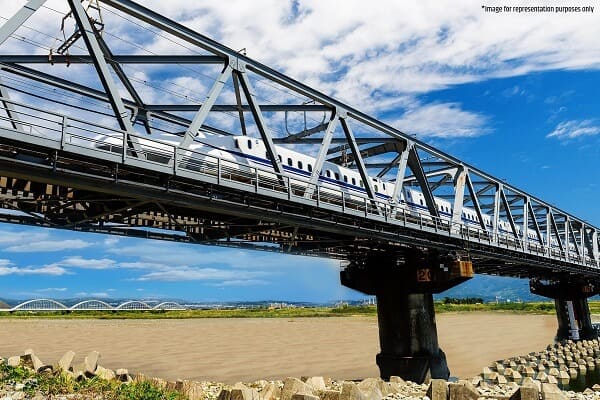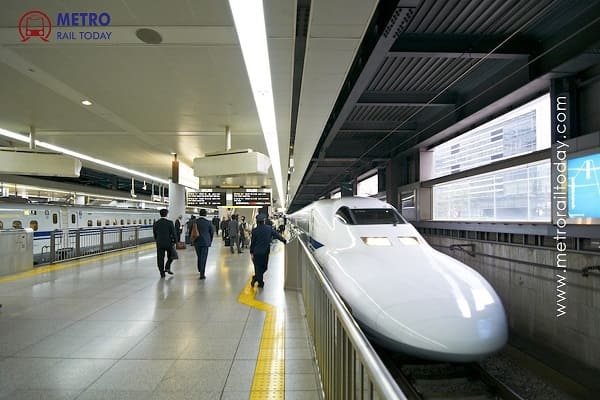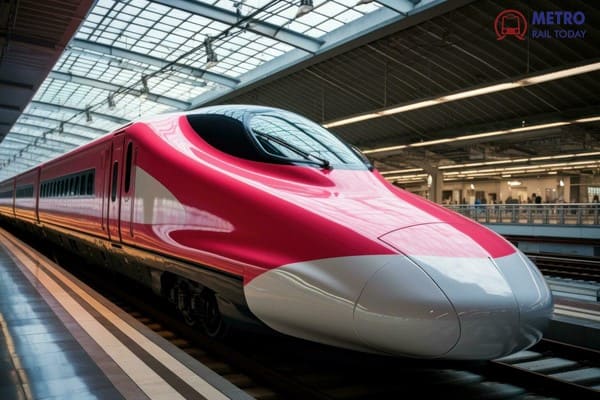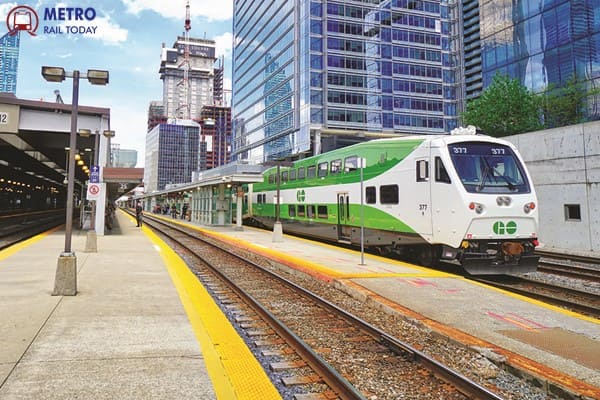 Ireland approves 18.8 km Dublin Metro Link Project after decades-long wait
Ireland approves 18.8 km Dublin Metro Link Project after decades-long wait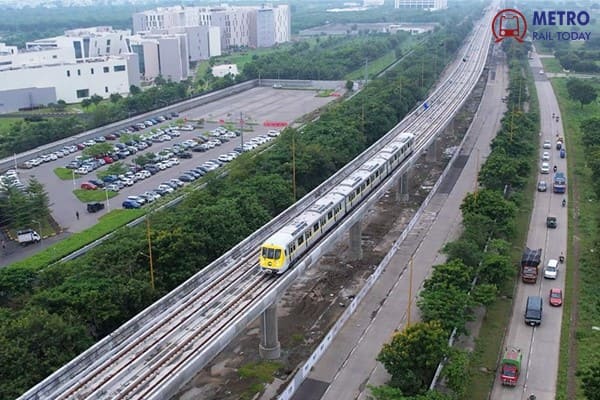 ADB approves $190 Million Loan for Indore Metro Rail Project to boost Urban Mobility
ADB approves $190 Million Loan for Indore Metro Rail Project to boost Urban Mobility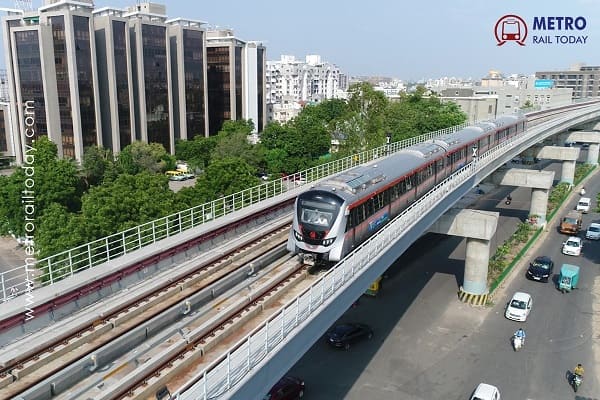 Gandhinagar Metro extends Trial Run from Sachivalaya to Mahatma Mandir
Gandhinagar Metro extends Trial Run from Sachivalaya to Mahatma Mandir SYSTRA acquires Ardanuy Ingenieria to bolster Global Rail and Urban Transport expertise
SYSTRA acquires Ardanuy Ingenieria to bolster Global Rail and Urban Transport expertise Metro, Monorail and Pod Taxis: How MMRDA is Reinventing Mumbai’s Urban Transport?
Metro, Monorail and Pod Taxis: How MMRDA is Reinventing Mumbai’s Urban Transport?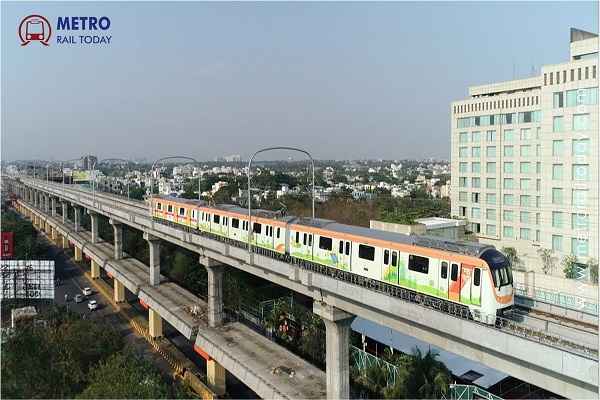 Maha Metro partners with IIT Kanpur to shield Nagpur and Pune Metro Systems from Cyber threats
Maha Metro partners with IIT Kanpur to shield Nagpur and Pune Metro Systems from Cyber threats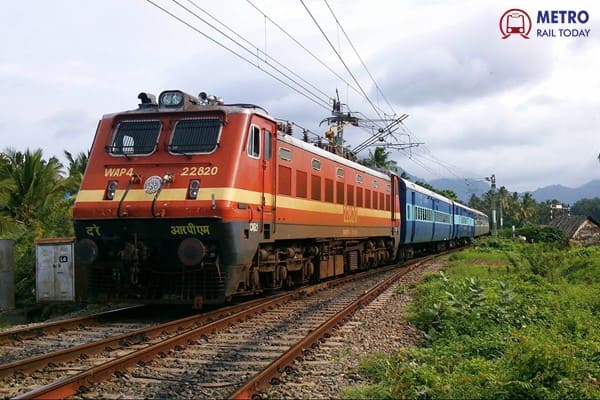 R. Rajagopal appointed as Member (Traction & Rolling Stock), Railway Board, Ministry of Railways
R. Rajagopal appointed as Member (Traction & Rolling Stock), Railway Board, Ministry of Railways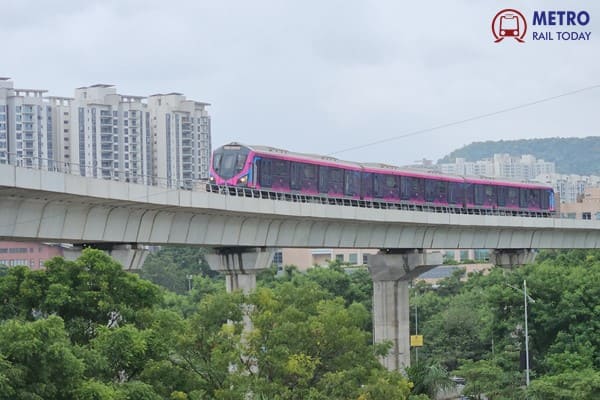 Maha Metro to appoint DPR Consultant for Pune's Shivajinagar-Kondhwa Metro Line
Maha Metro to appoint DPR Consultant for Pune's Shivajinagar-Kondhwa Metro Line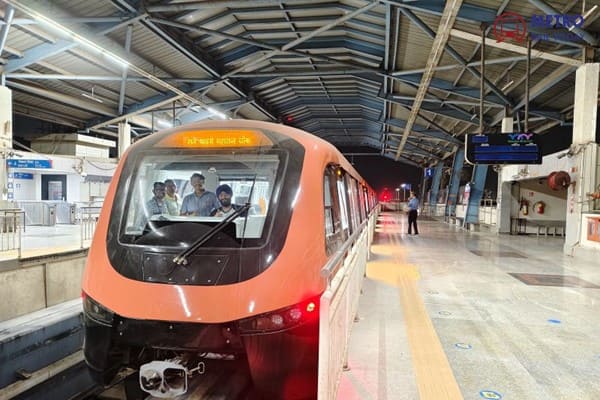 Mumbai Monorail suspension sparks Job Losses and Backlash despite system upgrade plans
Mumbai Monorail suspension sparks Job Losses and Backlash despite system upgrade plans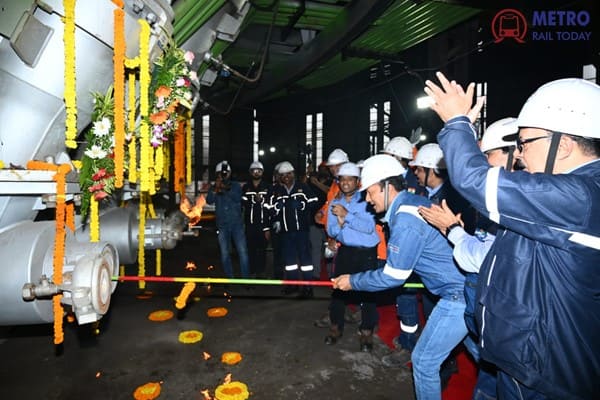 Jindal Steel Commissions One of India’s Largest Blast Furnaces in Odisha
Jindal Steel Commissions One of India’s Largest Blast Furnaces in Odisha
China unveils 600kmph Maglev Train, Marking major leap in High-Speed Rail Transport System
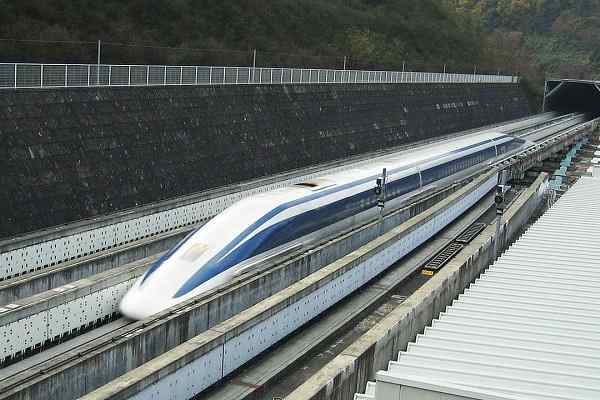
Beijing, China (Metro Rail Today): China has publicly unveiled its fastest-ever ground transport system – a magnetic levitation (maglev) train capable of reaching speeds up to 600 km/h (373 mph) – signaling a significant milestone in the nation’s high-speed rail ambitions. The sleek, ultra-fast train was showcased at the 17th Modern Railways exhibition in Beijing this week, offering a futuristic glimpse into the next era of rail transport.
Developed by the state-owned China Railway Rolling Stock Corporation (CRRC), this next-generation maglev train combines cutting-edge aerodynamic design and superconducting technologies with artificial intelligence and 5G integration, promising to slash travel times and position China even further ahead in the global high-speed rail race.
A Leap in Speed and Design
Boasting a futuristic pointed-nose design to minimize air resistance, the maglev was presented with a high-tech interior highlighted by digital control systems and immersive displays, as shown in state media coverage. The train is not only China’s fastest ground vehicle but also one of the fastest trains in the world. According to CRRC engineers, its top speed can potentially reduce the travel time between major Chinese cities significantly — for example, cutting the 1,200 km journey from Beijing to Shanghai from 5.5 hours (by conventional high-speed rail) to approximately 2.5 hours.
“This model aims to fill the critical speed gap between current high-speed rail and aviation for travel distances under 2,000 km,” said Shao Nan, Senior Engineer at CRRC, in an interview with The Paper. “It offers the punctuality and energy efficiency of rail transport with the speed of air travel.”
Engineering and Technological Innovations
The maglev system utilizes superconducting magnetic levitation technology. Once the train reaches 150 km/h, electromagnetic induction lifts the vehicle off its rubber wheels, enabling it to hover above the track and virtually eliminate mechanical friction. This non-contact system results in lower maintenance costs, reduced noise, and zero direct emissions – offering a more sustainable mode of transportation.
Additionally, the train is equipped with full autonomous driving capabilities, powered by integrated technologies such as 5G communication networks, AI-based video analytics, acoustic sensors, and advanced onboard diagnostics. This fusion of smart infrastructure and automation enhances both safety and operational efficiency.
Part of China’s Expanding High-Speed Vision
While maglev systems are not new to China – the country’s first maglev line, a German-built system connecting Shanghai Pudong Airport to the city, opened in 2003 – most existing domestic maglev lines, such as those in Changsha (2016) and Beijing (2017), operate at much lower speeds (around 120 km/h).
China is now shifting toward developing high-speed maglev corridors that can integrate with its rapidly expanding high-speed rail network, which already spans over 48,000 km as of the end of 2024, the world’s largest such network. The goal is to exceed 50,000 km by the end of this year.
This maglev project is one of several ambitious transportation initiatives currently underway in China. In a bold push for innovation, China conducted a successful test of a prototype hyperloop system last year, designed to reach speeds of 1,000 km/h using magnetic propulsion within vacuum tubes. In May 2025, scientists from China Aerospace Science and Industry Corporation also announced progress on an AI-based suspension system, which mitigates intense vibrations during high-speed travel — a key factor in passenger comfort and safety.
Challenges Ahead
Despite the promise of ultra-fast, clean, and smart mobility, experts caution that wide-scale implementation of maglev and hyperloop technologies faces substantial challenges. The capital-intensive nature of building dedicated maglev infrastructure, reliance on superconducting magnets, and the need for extensive route testing and safety validation could pose significant economic and engineering hurdles.
Moreover, integrating these advanced systems with existing transport networks — both rail and aviation — will require careful planning, investment, and regulatory alignment.
The unveiling of the 600 km/h maglev train underscores China’s strategic commitment to redefining intercity transportation. As global urbanization intensifies and demand for faster, cleaner mobility grows, China appears poised to lead a new chapter in railway technology — one that could not only reshape domestic travel but also influence global transportation infrastructure for decades to come.





